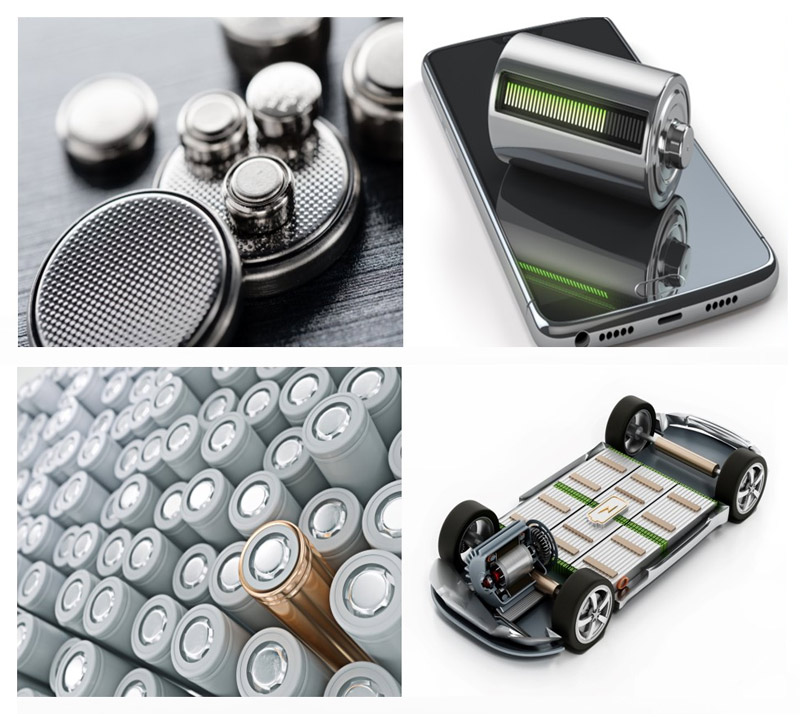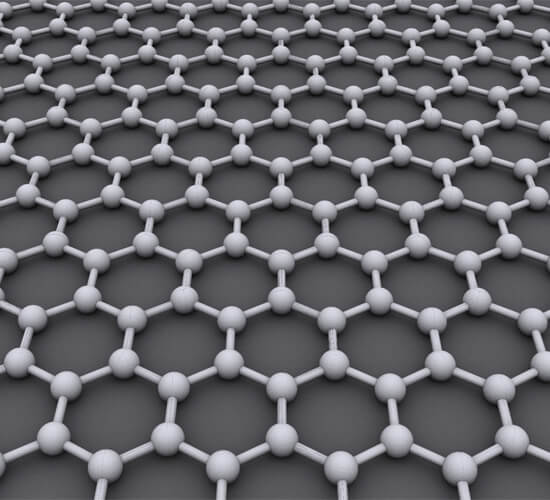
21st May 2021 Nanotech batteries will charge 70 times faster than lithium-ion New battery cells developed by Australia's Graphene Manufacturing Group and the University of Queensland are said to charge up to 70 times faster than lithium-ion cells and have triple the battery life.
Graphene Manufacturing Group (GMG), founded in 2016, is a Brisbane-based clean tech company that produces graphene and hydrogen. Its research team has just released initial performance data for a new process that involves the surface perforation of graphene in aluminium-ion batteries. The experiments took place at the Australian Institute for Bioengineering and Nanotechnology (AIBN) at the University of Queensland (UQ). GMG recently signed a research agreement with UQ's AIBN, under which GMG will manufacture commercial battery prototypes for watches, phones, laptops, electric vehicles and grid storage with technology developed at UQ. The first coin cell battery prototypes based on GMG's graphene are expected to begin customer testing in Q4 2021. GMG has also signed a license agreement with Uniquest, the University of Queensland commercialisation company, which provides GMG an exclusive license of the technology for battery cathodes. Graphene is a form of carbon, consisting of a one-atom thick layer arranged in a two-dimensional honeycomb lattice. First isolated in 2004, it has often been touted as "the wonder material of the 21st century" due to its incredible strength (300 times greater than steel), electrical properties (better than copper), lightness and inherently two-dimensional nature. Despite its remarkable qualities, however, graphene has struggled to make the leap from the laboratory and into commercial products. The new process developed by GMG appears to be one of the more promising breakthroughs of recent years.
The data from UQ's AIBN showed a power density of 7,000 W/kg, with a mobile phone able to be fully charged in as little as one minute. Tests also demonstrated longer battery lifespan (more than 2,000 charge/discharge cycles with no deterioration in performance), improved safety (very low fire potential) and lower environmental impact (more recyclable) compared to standard batteries. Another benefit of the cells is having no need for lithium, production of which is currently monopolised by a handful of countries. "We are really excited about bringing this to market," said Craig Nicol, CEO and Managing Director of GMG. "We're currently looking to bring coin cell commercial prototypes for customer testing in six months and a pouch pack commercial prototype – used in mobile phones, laptops etc. – for customer testing in 18 months. We aim to have a viable graphene and coin cell battery production facility project after customer validation that we would likely build here in Australia." "This is a real game-changing technology," said Dr Ashok Nanjundan, GMG's Chief Scientific Officer. "It can offer a real alternative with an interchangeable battery for the existing lithium-ion batteries in almost every application with our patent-pending aluminium-ion battery technology. The current nominal voltage of our batteries is 1.7 volts, and work is being carried out to increase the voltage to directly replace existing batteries and which lead to higher energy densities."
Comments »
If you enjoyed this article, please consider sharing it:
|








